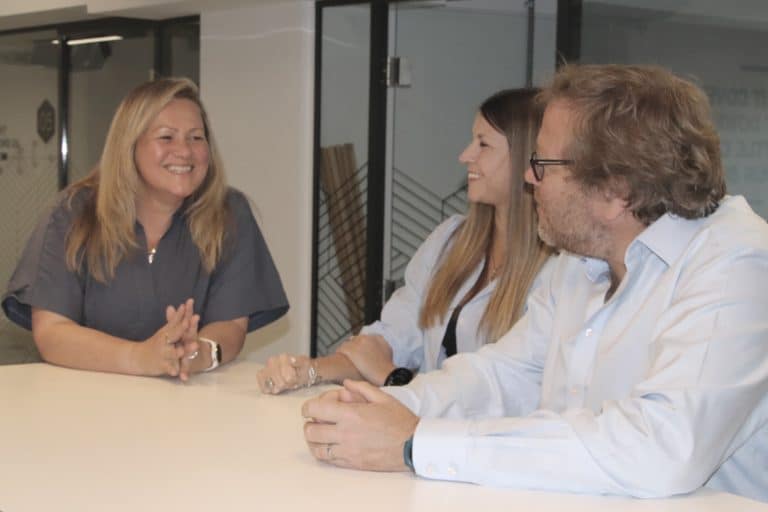Innovation is one of the most overused words in business. It’s spread across strategy decks, websites, and culture statements. It’s seen consistently in rankings of what senior executives and organisations collectively say is important, with around 80% of organisations putting it in their top three priorities.
So, everyone recognises the importance of innovation in the workplace. But, in our recent Driving Innovation webinar with our innovation consultant Cris Beswick, we explored what sits beneath the buzzword; what it really takes to make innovation part of your organisations DNA. Spoiler: it’s not a single initiative or an annual brainstorm. It’s a system.
For those who couldn’t join live, here are some of the key takeaways – and the recording in full below.
Principle 1: Innovation isn’t a thing. It’s an outcome.
Too many organisations treat innovation like a programme or project, a thing we do or have or build. Instead, innovation is the result of interconnected ingredients working in harmony- the five core ingredients are what we call the Innovation System:
-
- A clear innovation strategy: a shared understanding of ‘where we’re heading and why innovation is a crucial part of how we get there’.
- This requires knowing the innovation growth gap: i.e. the difference between where our organisation will end up if we continue doing what we’ve already done versus where we aspire to be. Clarity on what we need to do to close that gap, what new ideas, strategies or innovations we need, must be made crystal clear so everyone knows how to contribute.
- Robust processes: Tools and frameworks for experimentation, testing and learning.
- Culture: if we want people to behave a certain way or follow certain processes, we must build a psychologically safe environment where people feel they can take risks and learn from failure.
- Leadership: Executives who own the innovation agenda and protect it at the strategic level.
- Management: Middle managers who bring innovation alive by translating strategy into everyday behaviour.
- A clear innovation strategy: a shared understanding of ‘where we’re heading and why innovation is a crucial part of how we get there’.
When these 5 components work together, and work equally, innovation becomes the natural outcome.
Principle 2: Middle out is the right narrative
Forget the old debate: top-down vs bottom-up initiative. “Middle Out” is the right narrative- the middle management layer (team leaders, department heads etc) is where strategy turns into daily behaviour.
To map out roles across an organisation, we use the ODC model- Own, Drive, Contribute. Executives should own the innovation agenda (strategy, governance, resources), middle managers drive innovation (translating strategy, enabling teams), and everyone else contributes (bringing ideas, solving problems).
Principle 3: The middle ground is the most fruitful
Innovation sits on a scale – from incremental tweaks to radical disruption. Most organisations sit at one of the extremes: small, ‘continuous improvements’ that don’t move the needle, or expensive and infrequent, ‘disruptive’ bets that come with potential high reward, but also carry high-risk and fail to drive repeatable growth. The sweet spot is in the middle: ‘differentiated innovation’ – medium scale, customer-focused ideas that deliver meaningful impact and are repeatable. Driving growth means moving up the innovation scale, starting with incremental innovation, often referred to as the comfort zone, up to more advanced levels of innovation and a balanced portfolio of activity.
Principle 4: Culture follows process – Build the discipline
Without a clear innovation process, innovation is ad-hoc and chaotic. We must develop an ‘idea lifecycle’ – a framework for teams to develop ideas, with clear stages, decision points, and time/resource allocation – and then we must stick to it! This is how innovation becomes part of the culture, not just a one-off event.
In summary:
-
- Look at your organisation to see if you have the right innovation system in place.
- Help your leaders understand what their role is and what they need to own to build the right culture for innovation.
- Check whether you are building the right balance across your innovation portfolio, focusing on that fruitful middle ground.
- Build the discipline by following the process.
Want to watch the full session, which provides more practical tools, the full innovation system, and real-world examples of how to embed innovation into BAU? Click here for the full recording on our Youtube channel.
Want to develop your core innovation capability, build a culture of innovation, or assess your current innovation maturity level? Contact us here to find out how.





